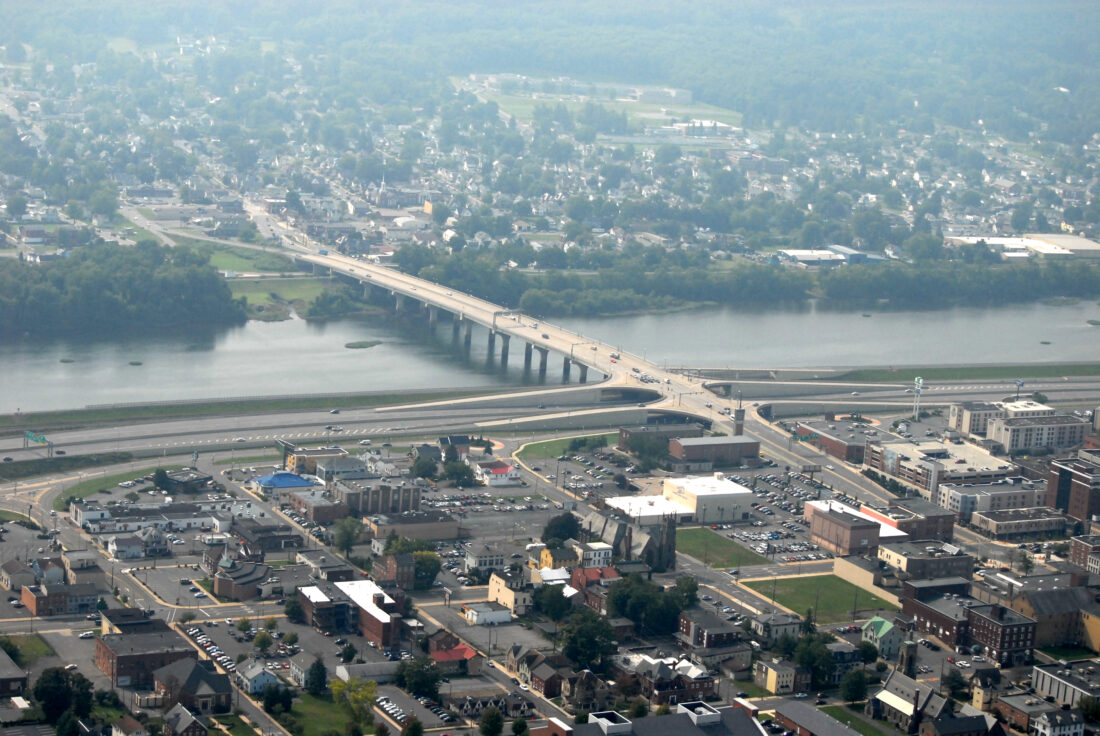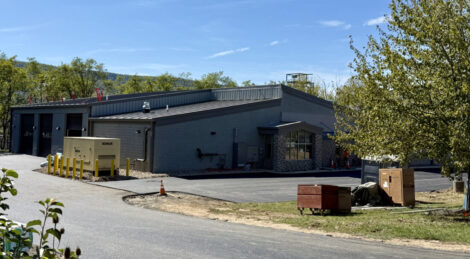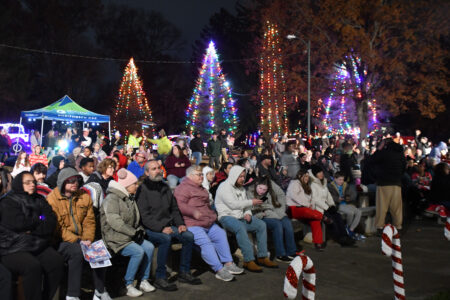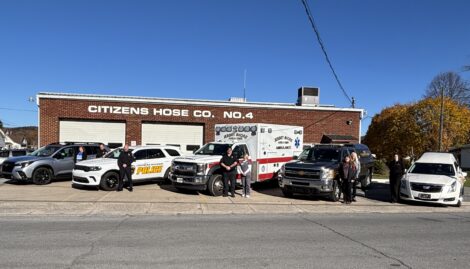Williamsport to get access to state traffic cameras

SUN-GAZETTE FILE PHOTO An aerial view of the intersection before motorists cross the Market Street Bridge.
A video-sharing agreement between the City of Williamsport and the state Department of Transportation (PennDOT) is expected to provide early warning for police and firefighters when they are responding to an incident at the Route 15 spur onto Interstate 180 and at the Market Street bridge.
It is for PennDOT’s two permanent traffic cameras, one is at the spur in the west part of the city, which has seen frequent crashes and rollovers, and the other at the bridge entrance/exit. This agreement also allows PennDOT to move its temporary cameras (on trailers) into the city for special events. These events might include the Little League World Series kick-off Grand Slam Parade and Set the Night to Music on July 4th, where the city does not have live camera usage, according to the finance committee discussion.
“This would grant us a web-based log on to access those cameras and stream in real time for an indefinite period of time,” said Shawn Bastian, of the city information technology department.
The agreement was approved by the City Council after discussion at the finance committee and council meeting.
“This does not require software the city would need to buy,” Bastian said. “It is a log on process at no cost to the city,” he said. The ordinance satisfies PennDOT.
Councilwoman Liz Miele, chair of the finance committee, noted where there are no financial implications to the city the technology could be handy if the fire department were responding to an incident to give the firefighters early warning of what they can anticipate.
Councilman Eric Beiter asked during the finance committee whether the video is recorded and was told it was a live view feed only without recording capability.
Miele also noted how the city has periodically been hiring individuals to do traffic counts at intersections and then get the data to the public works department and engineer.
“We have paid money to people to monitor traffic counts over the years and if there was a way to do it cheaply that might be helpful,” she said.
“It will not in any way increase the ability of the city to increase traffic citations,” Miele said of this resolution that passed.
Toward that end, Council President Adam Yoder said the city has “kind of nibbled” at the enforcement-end of the camera technology and he asked Bastian, who he admitted was more techno-savvy them he, about whether it is feasible to implement technology enabling cameras to enforce speed limits – not only around the main corridors but also in neighborhoods.
“Legally, we can’t do that right now,” Mayor Derek Slaughter said, referring to technology to use cameras for speed enforcement. Slaughter, who is president of the Pennsylvania Municipal League, said the board of directors have had discussions and are working on the issue.
For example, Roosevelt Boulevard in Philadelphia is where that camera enforcement is permitted and in Centre County, the borough of State College, Ferguson Township and Patton Township, officials are trying to get a speed enforcement camera pilot program going, Slaughter said.
The camera in this pilot program would only take a photograph of the rear of the car or vehicle for the license plate but not the driver, he said.
Slaughter said it was his understanding that there was some concern among the legislature that if the cameras became legal across the state that lawmakers wanted assurance they would not identify the drivers. He clarified he did not speak for the legislators but noted there was a lot of discussion about it.
“We want local use of radar,” he said. “We are advocating for that,” he said.
He did not believe it would be happening any time soon but, again, did not speak for the state lawmakers.
“We are really advocating the legislature to take a look at the photo cameras for speed enforcement,” he said. This would allow photo or speed enhancement, not to identify the driver but to enforce the speed in municipalities.”
The townships in the State College area are taking a lead.
If the pilot program is successful it could be introduced throughout the state.
“Hopefully they do something. I mean, there’s plenty of states that already do it,” Yoder said.
Pennsylvania is one of the last states in the whole country that does not allow local police to enforce speed by using radar.





